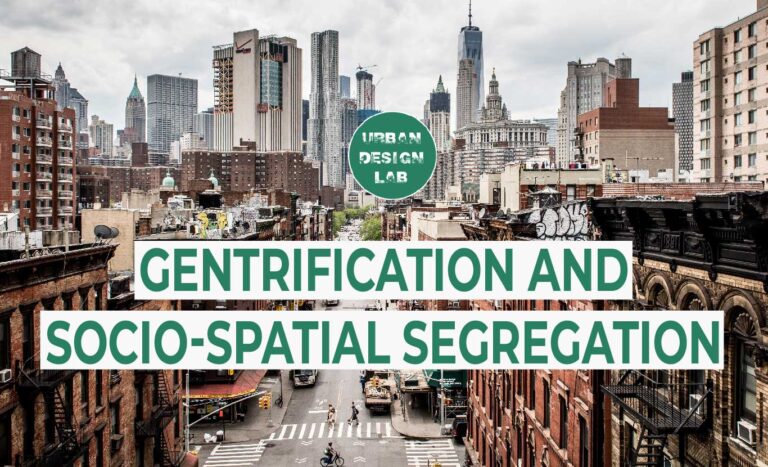
Waste Management System: The way ahead
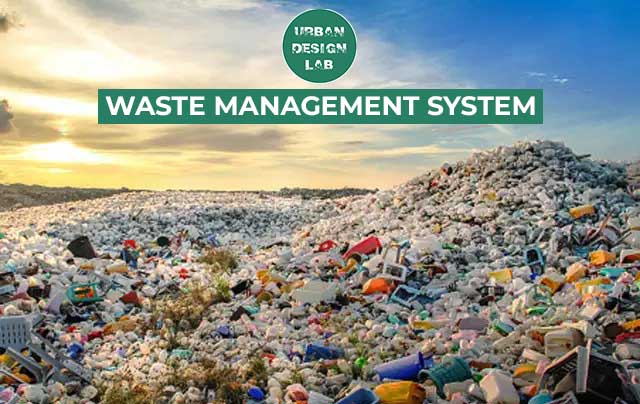
Waste Generation and Management
The commercialization of products has changed the way the consumer consumes. The waste generation has increased manifold, with newer waste adding to the existing lot every single day. We are staring at an abyss as the present waste disposal methods have their shortcomings and a proper waste disposal system is yet to be implemented in the country altogether. The existing system completes a lot of stuff on paper but misses the practical applications the same. According to a very recent study microplastics have been found in human blood which implies that somewhere down the line we have just surrounded ourselves with plastics. Even the plastic waste is a common sight in the country, plastic litter can be witnessed everywhere around in the green patches, and the roads. (Dr. Raveesh Agarwal, 2015)
The toxic waste is also ending up in places and harming the ecology which in turn is taking a toll on human health. The rivers, groundwater, soil, and even the toxic fumes from the fire at landfills sites in adding to the pollution in the air. We are not seeing this thing through, as in the end, it is affecting our bodies. Waste generation has to be minimized and a proper management system needs to be implemented. (Agarwal, 2020)
Waste Management System can be understood as the blueprint defined for the proper disposal, reduction, reuse, and prevention of waste. Waste disposal methods include recycling, composting, landfills, bioremediation, incineration, waste to energy, and the minimization of waste. People have developed a rigid mentality towards Urban Solid Waste as the waste in their own backyard is considered waste and if it is elsewhere, it does not concern them. (Shyamala Mani, 2016)
The waste management system would involve the following processes- collecting, sorting, treating, recycling, or even using it as a source of energy or resources. If the segregation of waste is handled at the source itself, it increases the efficiency of the process. In a country like India, if the whole process of waste management is synchronized it increases the workforce requirement and helps people earn a livelihood. At present too, the people employed collecting waste from door to door and selling scrap, are ensuring that the recyclable waste is not reaching dump yards or adding to the landfills. (Lahiry, 2017)
Classification Of Waste in the Country
1. Municipal Waste
Generated from household and commercial activities. If dumped in the open, it can pollute the water bodies. This waste includes organic and biodegradable with some amount of plastic as well and the same is segregated and sent for processing under the Plastic waste management Rules, 2018. The per capita Municipal Solid Waste in the country ranges from 0.17 kg per person/day in small towns to 0.62 kg per person/day in metropolitan areas. (Sunil Kumar, 2017)
2. Plastic Waste
Plastic waste is generated in urban areas on a huge scale as compared to rural areas. Plastic waste such as food packets, bags, and bottles has increased in the rural areas as well and there is no provision for its recycling.(Dr. Raveesh Agarwal, 2015) Plastic waste be it in terms of wrappers or bags can be found littered on the streets of the country. It has the potential to harm the soil, the water, and the air if it is burned. Now the government of India has banned single-use plastics.
3. E-Waste
Electronic waste comprises the discarded electrical products that either are no longer in function or no longer used. The waste is hazardous if not disposed of properly as the electronic circuits contain different metals such as lead, cadmium, mercury, beryllium, etc. These metals are toxic to the human system and can cause respiratory problems, DNA damage, and even cancer or cardiovascular diseases. Even the workers performing the recycling task can get exposed to toxic metals.
4. Biomedical Waste
The waste generated from the hospital or biochemical labs, which is generated during or after the operative processes. It would include the syringes, bandages, etc which would be equally toxic for the environment and contagious to the human and animal population too as recently discarded masks, gloves, and PPE kits due to COVID, increased the waste. The Indian government had also laid down guidelines specifically for the management of Covid waste. (Tewari, 2021)
5. Demolition and Construction waste
This is generated regarding the construction and demolition of infrastructure. The waste can be used for new infrastructure, the concrete waste can be used in the construction of roads. These can cause pollution to land and air.
6. Hazardous waste
It includes all the toxic, explosive, and reactive waste and is the product of petrochemical or pharmaceutical industries. It is responsible for water and air pollution.
7. Battery Waste
It includes all the waste generated by the disposition of the batteries and it also contains heavy metals. Today we are surrounded by batteries, all kinds of gadgets, small to big, and automobiles (which will see an increasing trend with the advent of electrical cars). It has the potential to harm the environment and human health.
8. Radioactive Waste
It includes the waste generated from radioactive elements. The mines and the nuclear power plants. The radiations have the potential to disrupt the environment where no species will have a chance for survival. It affects humans to the extent of cancer and tumours going through the generations. (Mishra, 2020)
The waste management process for all the above classifications of waste has to be done according to the defined set of rules updated from time to time by the Ministry of Housing and Urban Affairs and the CPCB.
Waste Management Methods
On the beds of the rivers has affected the river course, adding to the eroding of river banks and flooding. The groundwater recharge is hampered in addition to the destruction of the natural ecological balance.
1. Recycling and Reuse
One of the most effective and known ways of treating waste. It is useful as the materials recycled are used as raw material in a new product.
Composting is also a known process wherein the organic material is turned into nutrient-rich compost or soil. In a large-scale decomposition, the waste gas generated-i.e. methane can be used as a fuel for domestic purposes. Construction waste can be recycled and reused as a material for laying roads.
2. Landfill
It is one of the most practiced waste systems in the world. The landfill site has to have proper layering with different levelling to prevent damaging the soil and polluting the underground and other sources of water nearby. As waste keeps adding up in a landfill, even the organic waste which is degradable might get stuck in the middle where it will take even more time to degrade.
The risk arises from the water getting contaminated passing through the waste and mixing with other sources. The decomposition of waste releases methane in the atmosphere which is highly flammable and toxic, landfill fires are quite common.
The concept of the landfill was to compact the waste and then fill the top layer with soil which can then be converted into open ground, but that has not taken place in India, even the basic bottom layer for the protection of the environment is missing. A classic example of the landfill at Ghazipur, which reached its capacity in the year 2002, has grown up into a mountain, a heap of garbage that might have touched the height of the Taj Mahal now. The machine working on burning the garbage is releasing toxic fumes in the air which is polluting the air and the nearby residents have been suffering from the ailments.
The slums that have come up near the landfills in the country, working as trash pickers and collectors, managing the waste at the dump site are the most disadvantaged as they are exposing themselves to various toxins and even are devoid of potable water polluted due to the proximity to the landfill site.
3. Bioremediation
Waste can be converted to non-toxic products with the help of microbes. Microbes or bacteria help in the removal of contaminants, pollutants, and toxins from the environment.
4. Waste to energy
It is comprised of Incineration, anaerobic digestion, gasification, and pyrolysis. Gasification and pyrolysis processes require high temperatures to heat in absence of oxygen to prevent combustion, gases generated need to be put through a cleaning mechanism. Incineration produces ash and gases which needs to be taken care of as it causes air pollution. Japan has advanced incinerator plants, with strict emission parameters and waste transportation. (Zafar, 2022) In India, the case is quite different as the majority of the facilities have not worked properly owning to operation problems. One of the major factors for plants is the proper segregation of waste, which is lacking. Then there are seasonal variations in the type of waste being generated in the households. (Sunil Kumar, 2017) (Shyamala Mani, 2016)
Countries are implementing methods to promote more recycling and reusing leading to less dumping of waste. Landfills are being reduced and waste to energy methods are being used to generate electricity and even fuel.
Collection, Transportation, Storage
In India waste collection, transportation and storage pose a challenge. The collection is dependent on the informal sector in the country, where the workers have no legal status. Their health is put in jeopardy because of the inaccessibility of protective equipment, neither it is provided to them. There exist no provisions for the waste-pickers and nor is informal waste recycling recognized. According to the new guide by the government of India-An Inclusive Swacch Bharat through the Integration of Informal Sector, the UBLs and States are encouraged to integrate the workers into the machinery. The informal sector plays a major role in collecting and recycling garbage or waste products, by indeed helping the environment, by preventing it to be dumped in open. Recycling in a way acts as a source of extra income for the people engaged in the activity.
Transportation remains a challenge for all cities. Many still employ handcarts, light commercial vehicles, or mini trucks. It depends on the existing situations in the particular region, for example; in the narrow lanes of populated cities, a mini truck will have difficulty plying, along with factors such as the quantity of waste being collected or the distances, the processing technologies.
The storage bins are inadequate as compared to the waste being generated in the cities, with waste overflowing everywhere around in the open. This adds to the woes by clogging the drains during rains The next thing arises because people still mix up the biodegradable and inert waste together which needs to be sorted again and open burning is still a practice.
The practice of Segregation of wastes has been promoted under the Campaign by the Ministry of Housing and Urban Affairs-Source Segregation Campaign. As an outcome of implementation by the UBLs and the state and the active participation of people 74.82% of wards in the country have achieved absolute waste segregation. Chhattisgarh and Kerala all houses have adopted the practice and in the UTs, Daman and Diu and Dadra & Nagar Haveli have achieved the 100% target. In terms of waste collection from door to door, 96.05% of wards have achieved the absolute value. (Ministry of Housing and Urban Affairs, January 2020)
In terms of processing the waste, UTs remain above 95%, whereas Chhattisgarh processes 90% of waste. The capital processes only 55% of the waste. (Singh, 2020)
Waste Management Rules
The Solid Waste Management Rules, 2016 make strides ahead. Waste segregation at the source, recycling and reusing, and composting are promoted. Spaces for storage and easy segregation of recyclable waste are to be provided by the local authorities, thus the waste pickers and collectors can do their work with ease. The burying, dumping, and burning of waste is prohibited in open spaces or drains or water bodies, which would attract fines for littering or non-segregation. As plastic has reached villages, the Plastic Waste Management Rules, 2016, expand its scope to the villages. The Amendments came out in 2018 which laid down the challenges and opportunities in terms of collection, segregation, and recycling of plastic waste.
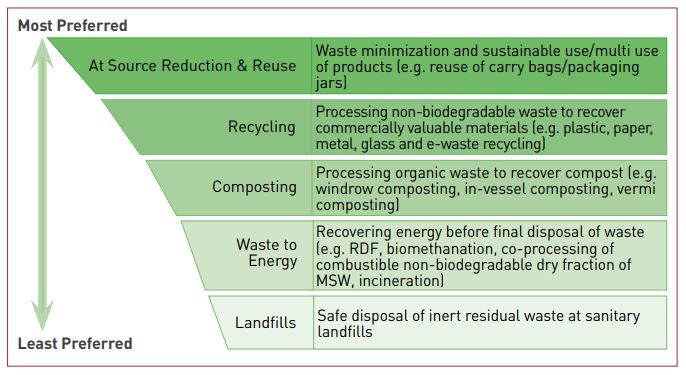
The Municipal Solid Waste Management Manual was developed in the year 2016. Need to address the problem of Municipal Solid waste, the UBLs need to have their plans along with addressing the short-term and long-term actions with the implementation of the same (Ministry of Urban Development, 2016). The seven steps approach include-
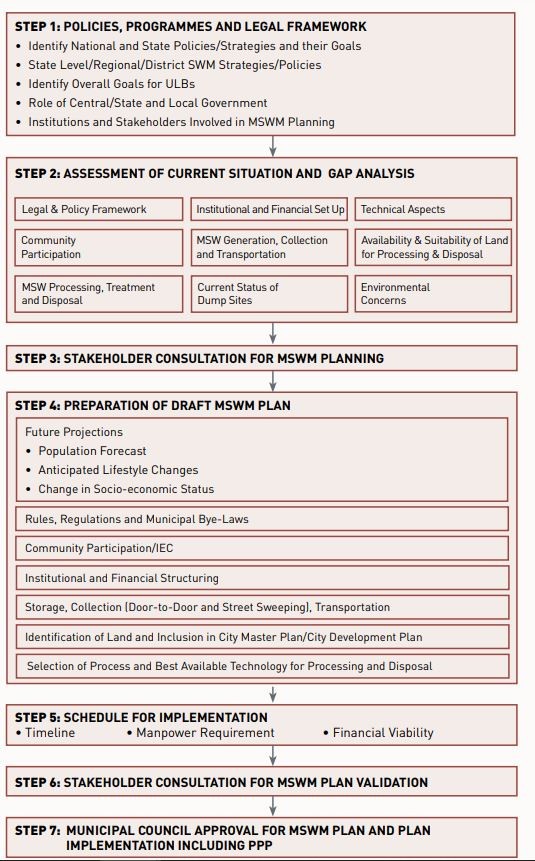
Way Ahead
Better Bhalswa is one project where the team is working on improving the living condition of the people residing in the vicinity of the Bhalswa landfill. Once a wetland ecosystem, the region is a landfill with the height of the garbage heap increasing and incidents of the heap collapsing and affecting the people around have also taken place. Throughout the master plans of the city, colonies have been resettled but there are existing colonies that are lacking basic adequate facilities. Along with that, the heap has polluted the water and the nearby lake to a great extent and the AQI remains hazardous for the people residing along. The team has been working here to improve and unclog the open spaces for the community, the details can be found on their website. (Better Bhalswa, n.d.)
The major issue in play here is the Waste in My Backyard, the waste is not near us, we are not responsible if it is at the landfill and the people living are the ones affected by it. Everyone has a right to dignified living irrespective of their social or economic status. Everything is interlinked, development has to move forward but the necessities have to be accessible to everyone. We need to learn from the natural ecosystems where the waste is recycled or used on its own by the nature.
References
Agarwal, R. (2020, 05 06). Waste management crisis in India. Retrieved from Recycling Magazine : https://www.recycling-magazine.com/2020/05/06/waste-management-crisis-in-india/
Better Bhalswa. (n.d.). Bhalswa Through the Years . Retrieved from https://www.betterbhalswa.com/research
Dr. Raveesh Agarwal, M. C. (2015). WASTE MANAGEMENT INITIATIVES IN INDIA FOR HUMAN WELL BEING. European Scientific Journal , 105-127.
Lahiry, S. (2017, 01 09). India’s challenges in waste management. Retrieved from Down to Earth : https://www.downtoearth.org.in/blog/waste/india-s-challenges-in-waste-management-56753
Ministry of Housing and Urban Affairs. (January 2020). Swachhata Sandesh.
Ministry of Urban Development. (2016). Municipal Solid Waste Management Manual.
Mishra, S. A. (2020, 05 15). 8 Types of Wastes and their Management Rules in India. Retrieved from Delhi Greens : https://delhigreens.com/2020/05/15/8-types-of-wastes-and-their-management-rules-in-india/
Shyamala Mani, S. S. (2016). Sustainable Municipal Solid Waste Management in India:A Policy Agenda . Science Direct, 150-157.
Singh, S. (2020). Solid Waste Management in Urban India: Imperatives for Improvement. Observer Research Foundation.
Sunil Kumar, S. R. (2017). Challenges and opportunities associated with waste management in India. Royal Society Open Science.
Tewari, S. (2021, 02 25). Why India’s solid waste management system needs a digital overhaul. Retrieved from Down To Earth : https://www.downtoearth.org.in/blog/waste/why-india-s-solid-waste-management-system-needs-a-digital-overhaul-75671
Zafar, S. (2022, 05 15). Guide to Effective Waste Management. Retrieved from BioEnergy Consult: https://www.bioenergyconsult.com/effective-waste-management/
k
Saksham is a writer, researcher, architect and an editor. He is enthusiastic about the natural environment and concerned about preserving the natural essence of space. He believes that words emanating from the soul level have the potency to touch millions of others without any efforts.
Related articles

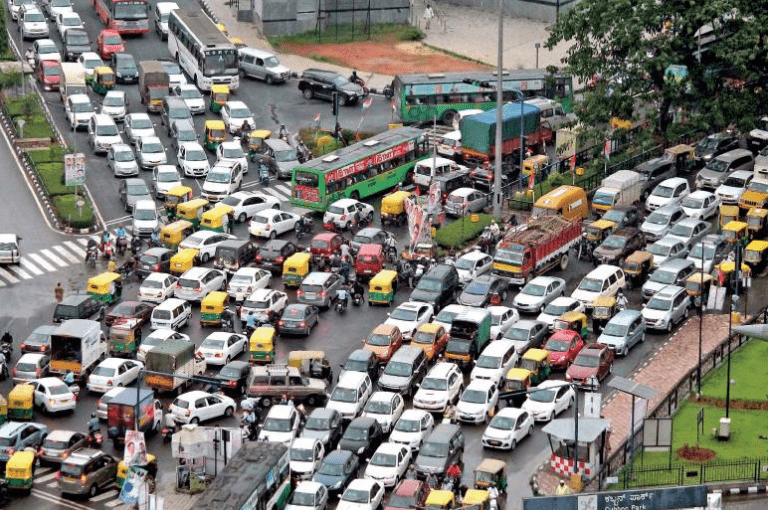
Mobility crisis in cities around the world

Best Laptops for Architects, Planners and Designers
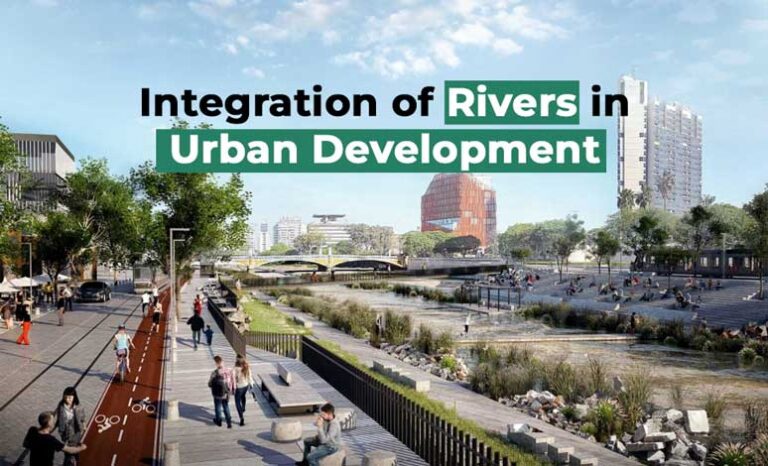
Integration of Rivers in Urban Development
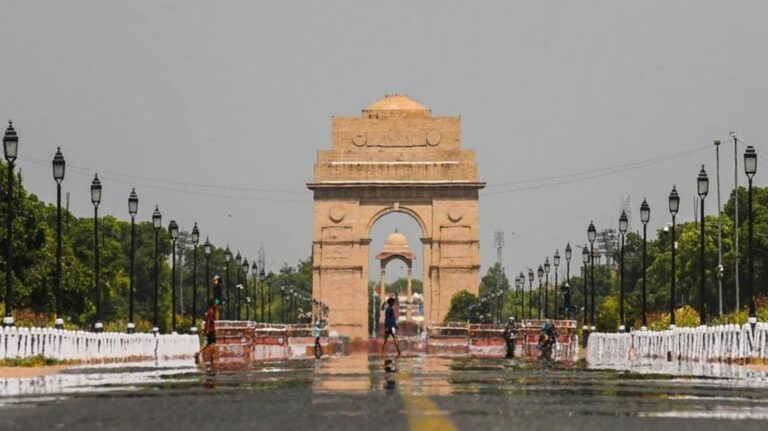
Shifting through the Masterplans of Delhi
5-Days UDL GIS
Masterclass
GIS Made Easy – Learn to Map, Analyse, and Transform Urban Futures
Session Dates
14th-18th July 2025

Free E-Book
From thesis to Portfolio
A Guide to Convert Academic Work into a Professional Portfolio”
Recent Posts
- Article Posted:
- Article Posted:
- Article Posted:
- Article Posted:
- Article Posted:
- Article Posted:
- Article Posted:
- Article Posted:
- Article Posted:
- Article Posted:
- Article Posted:
- Article Posted:
- Article Posted:
- Article Posted:
Sign up for our Newsletter
“Let’s explore the new avenues of Urban environment together “


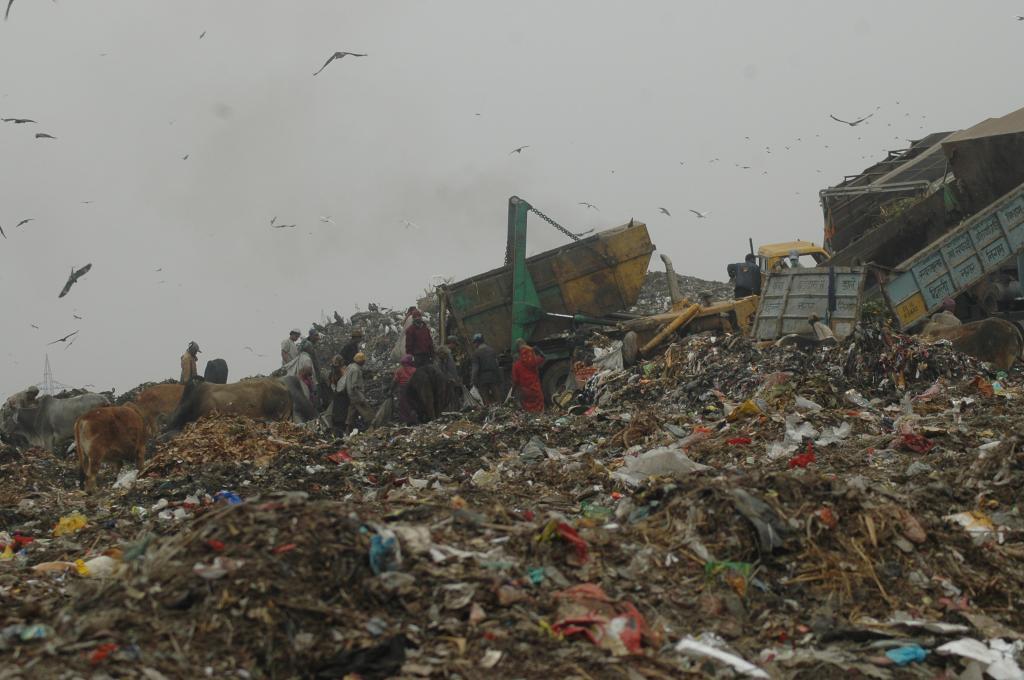
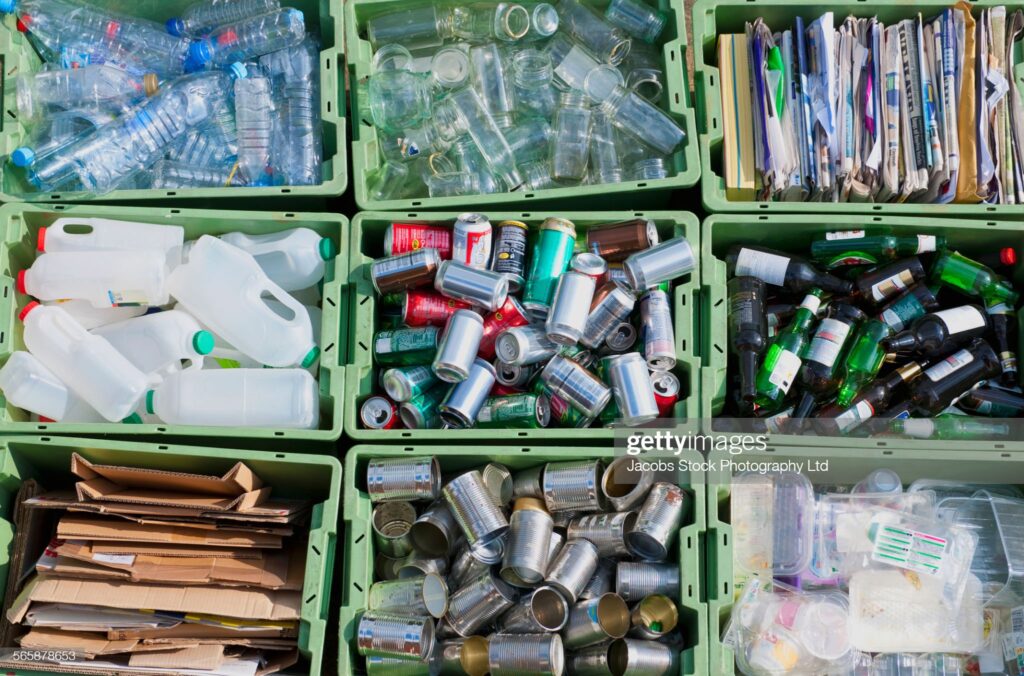
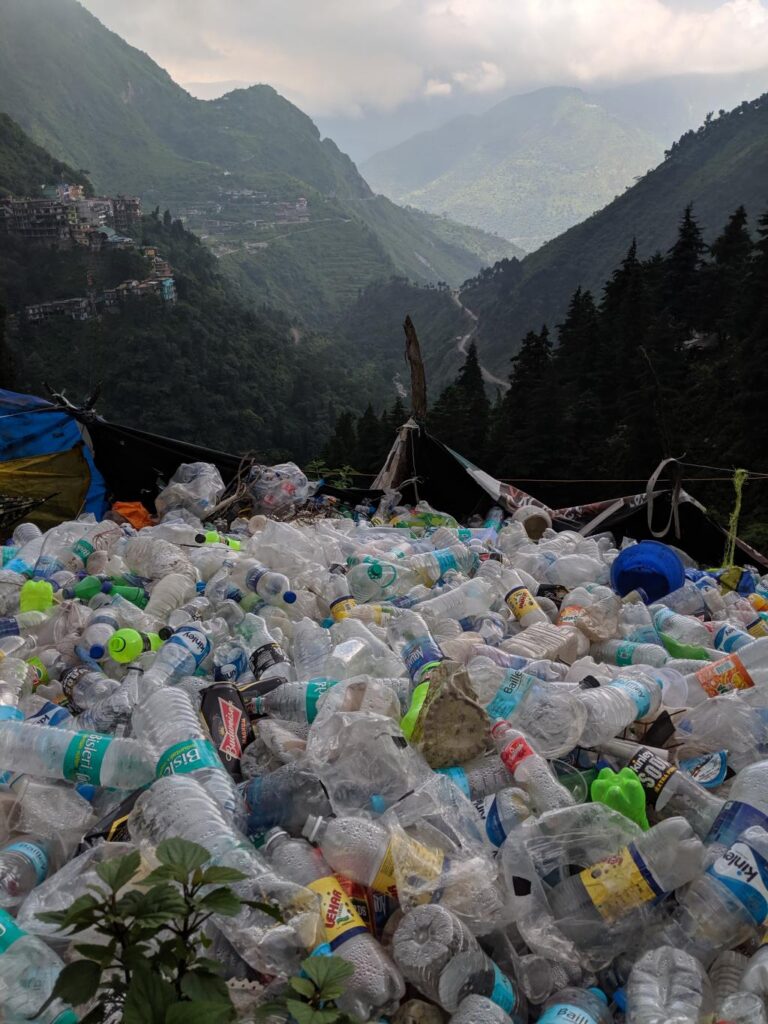
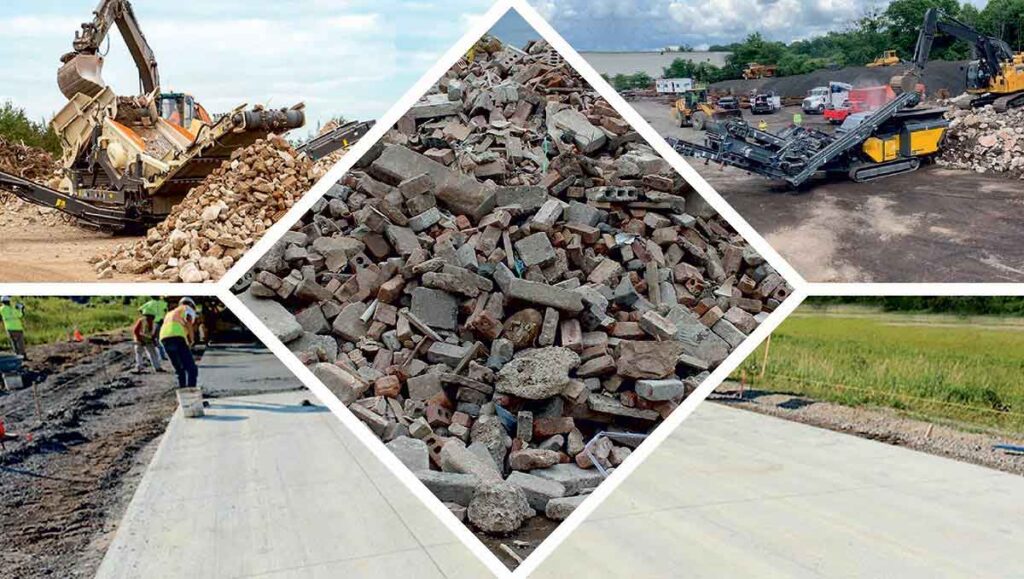
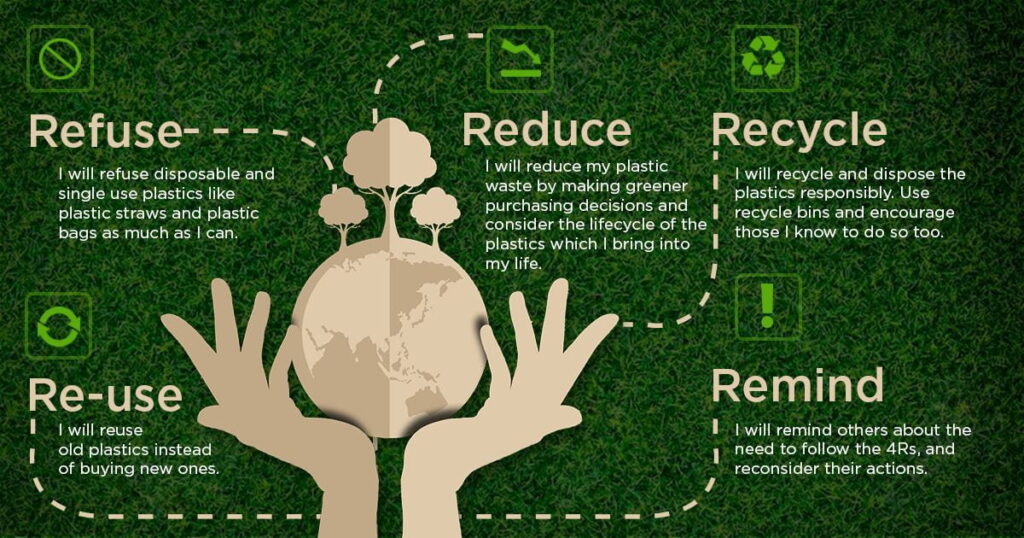
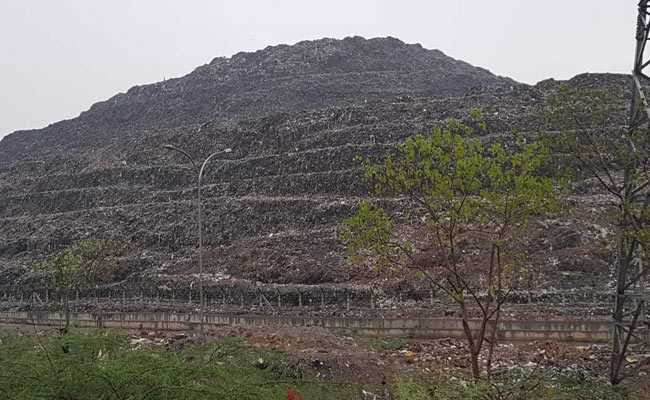
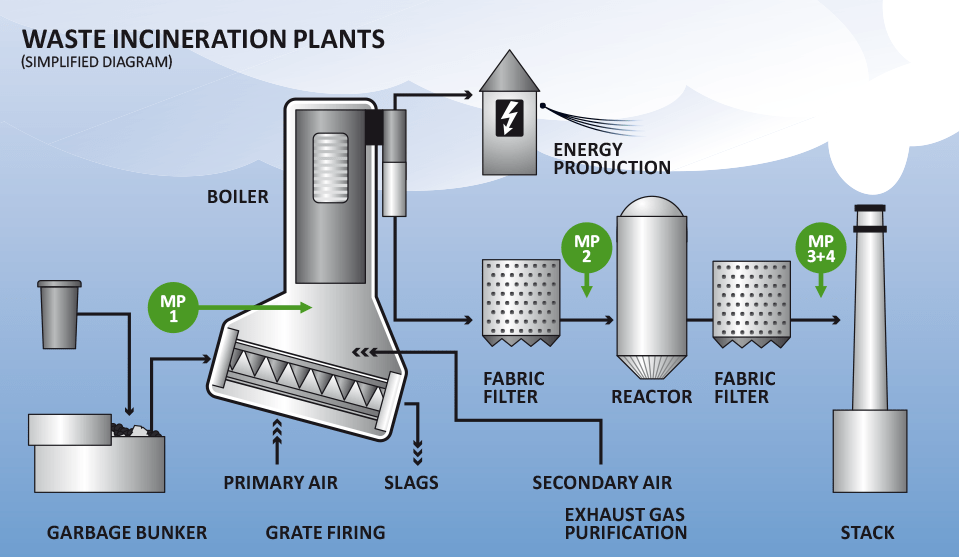
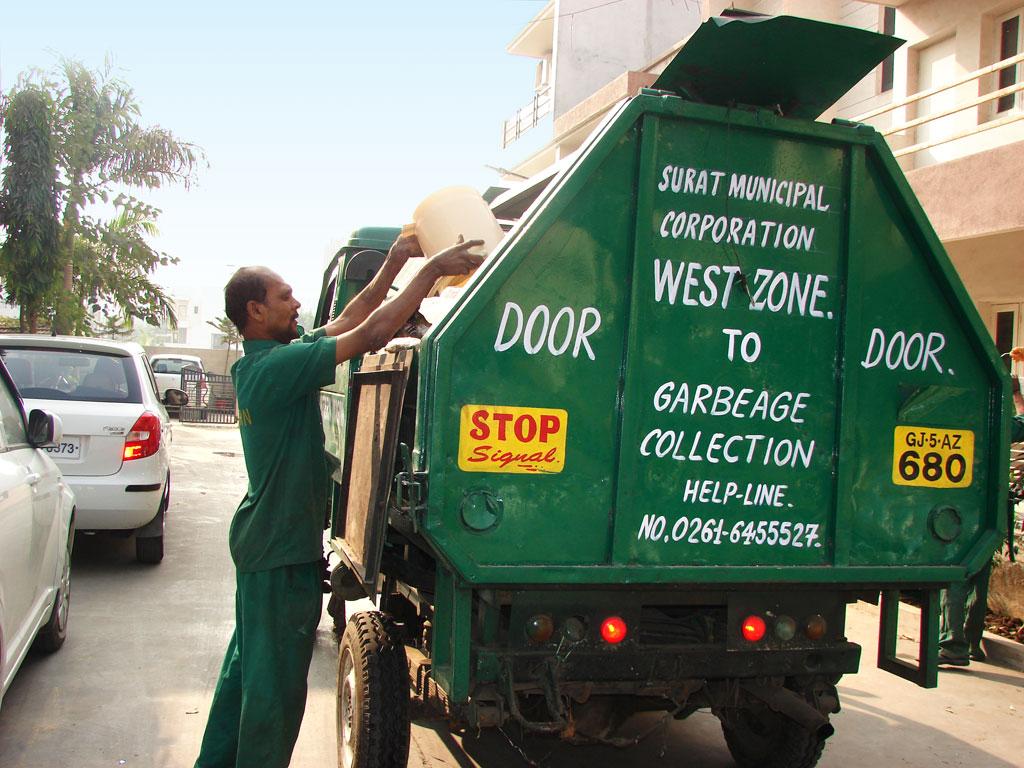
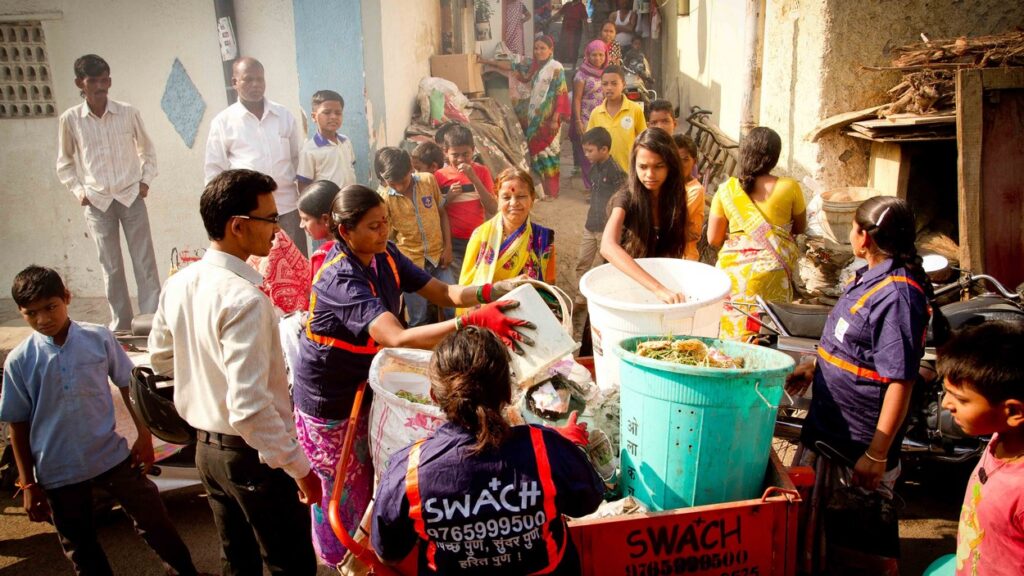


























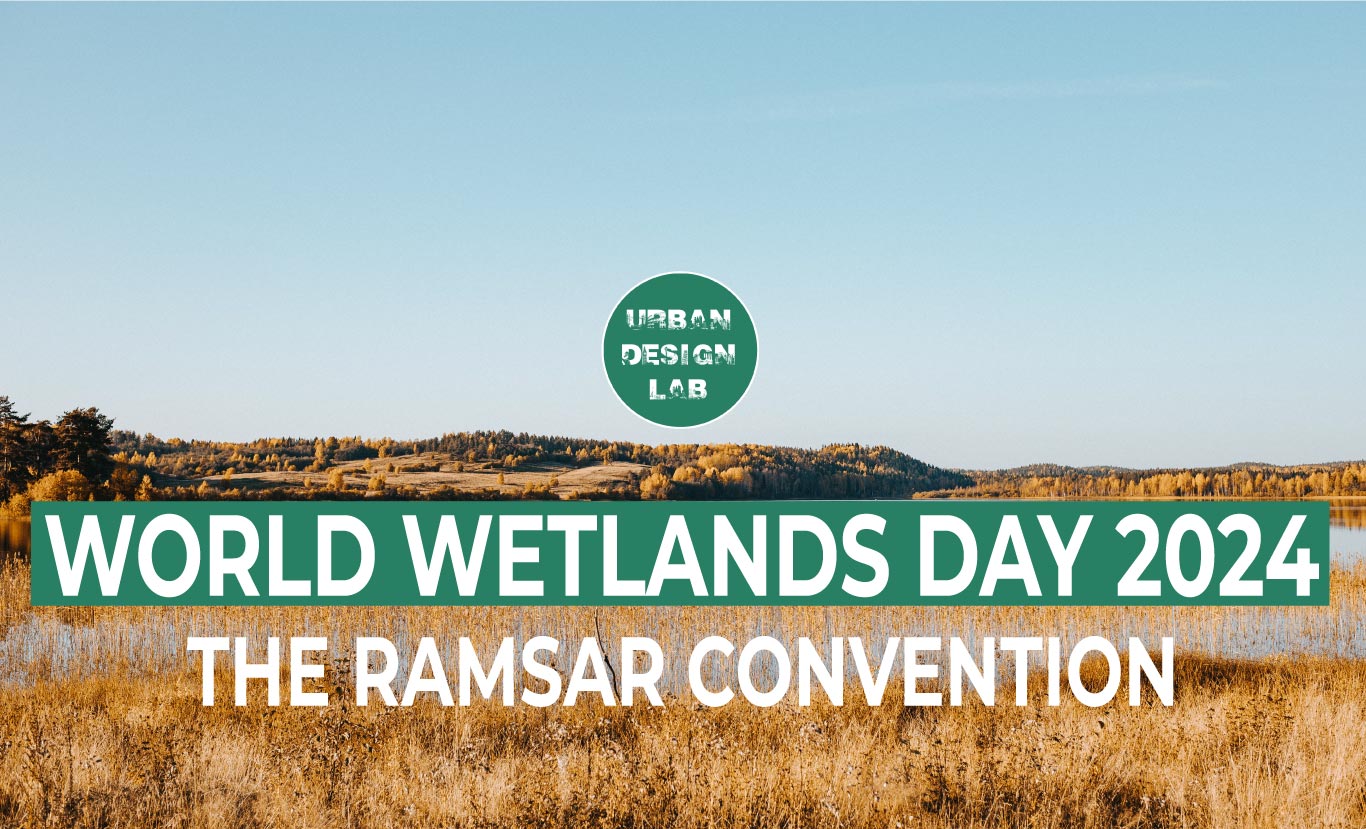


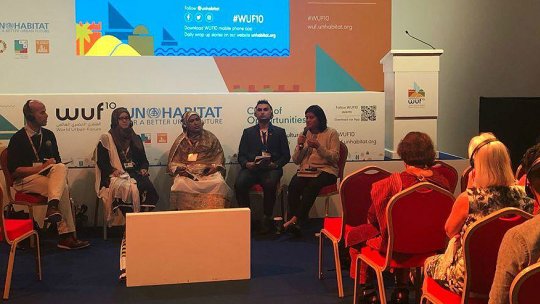
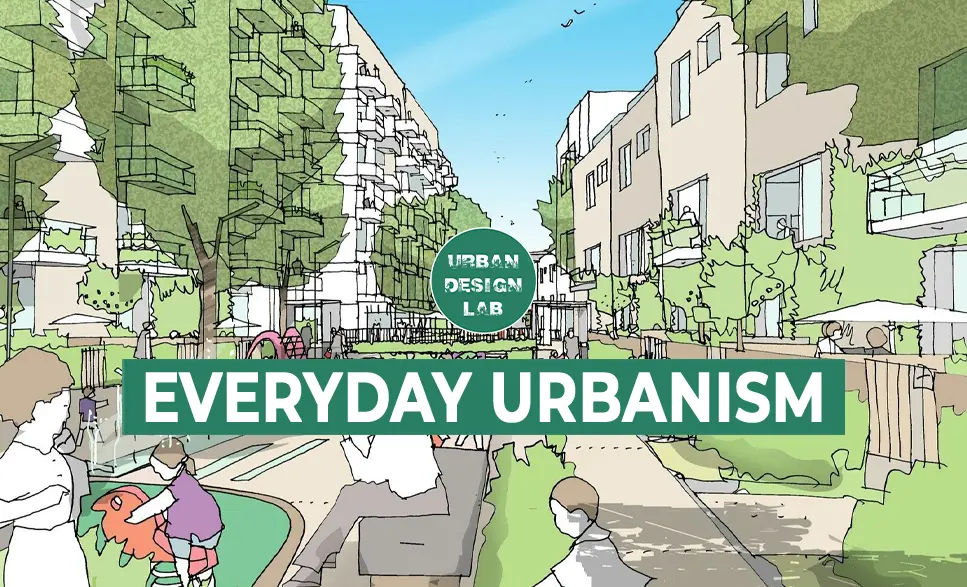
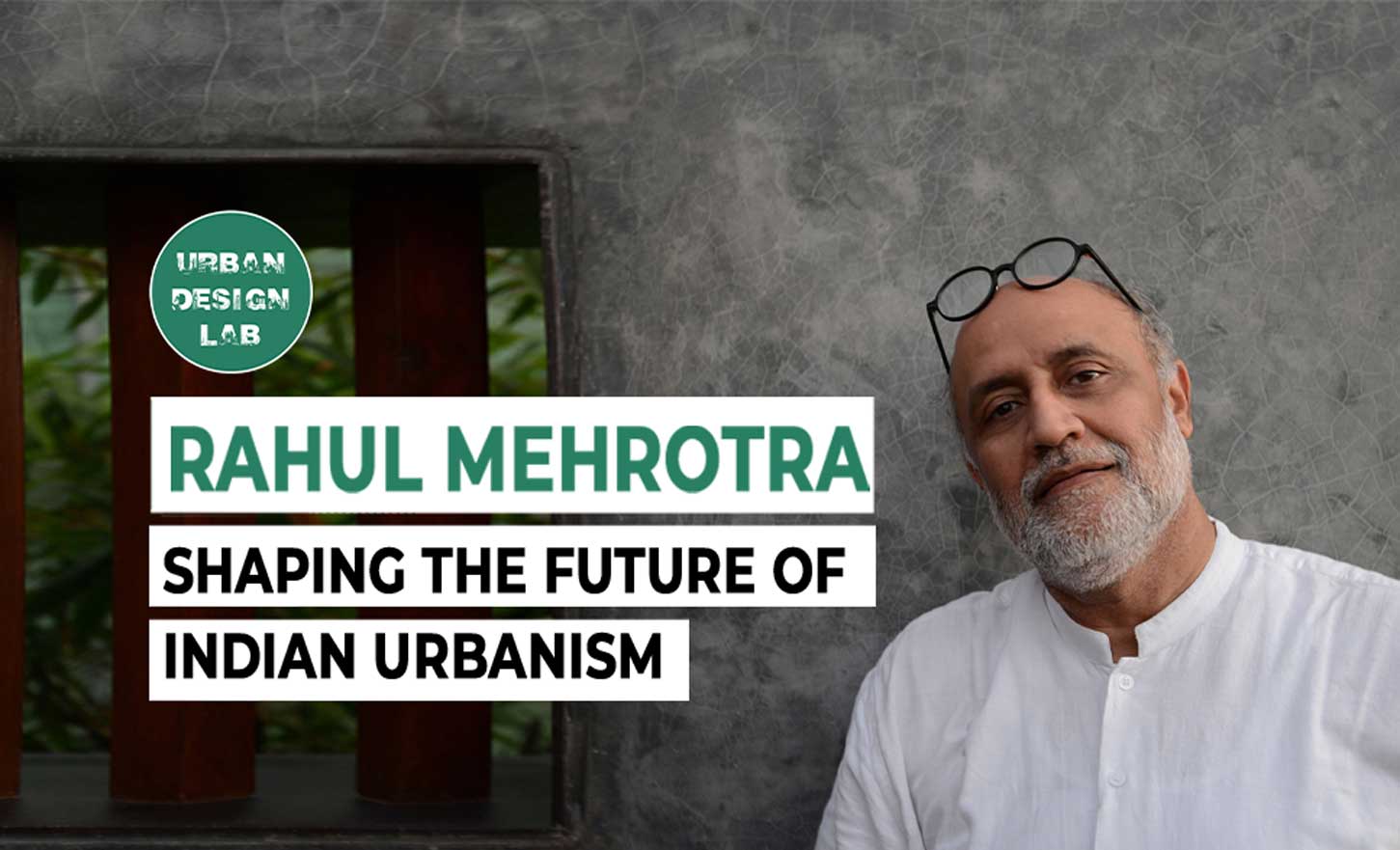
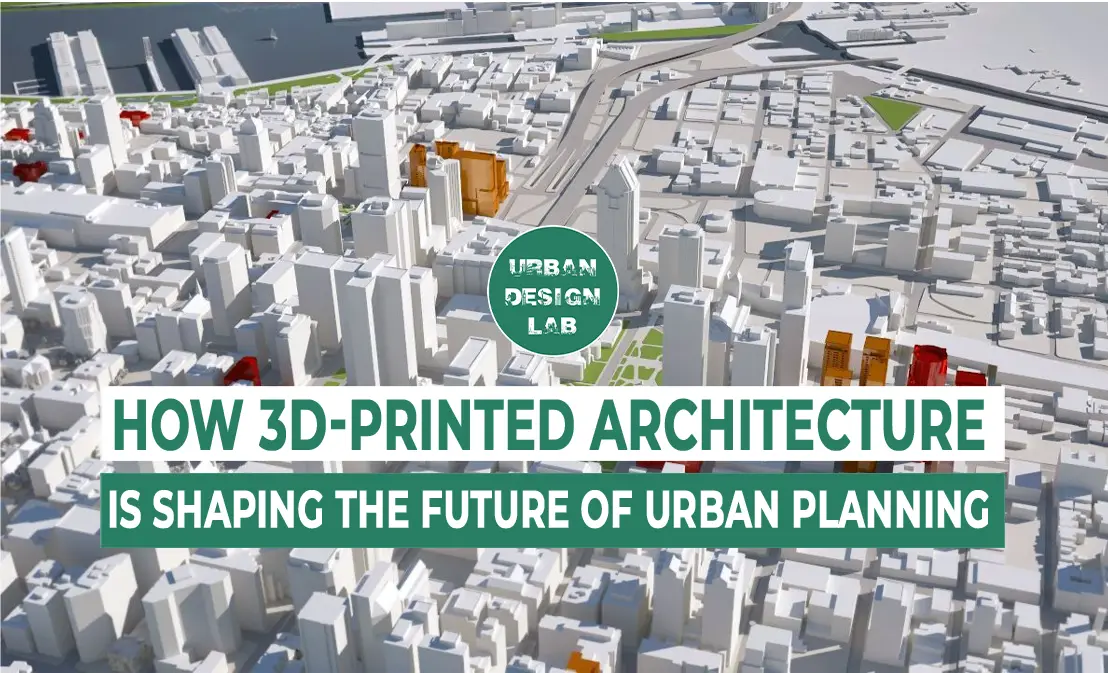






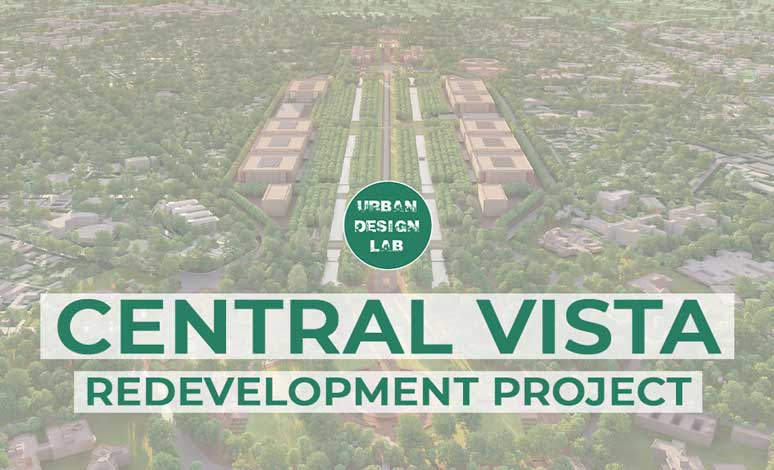






One Comment